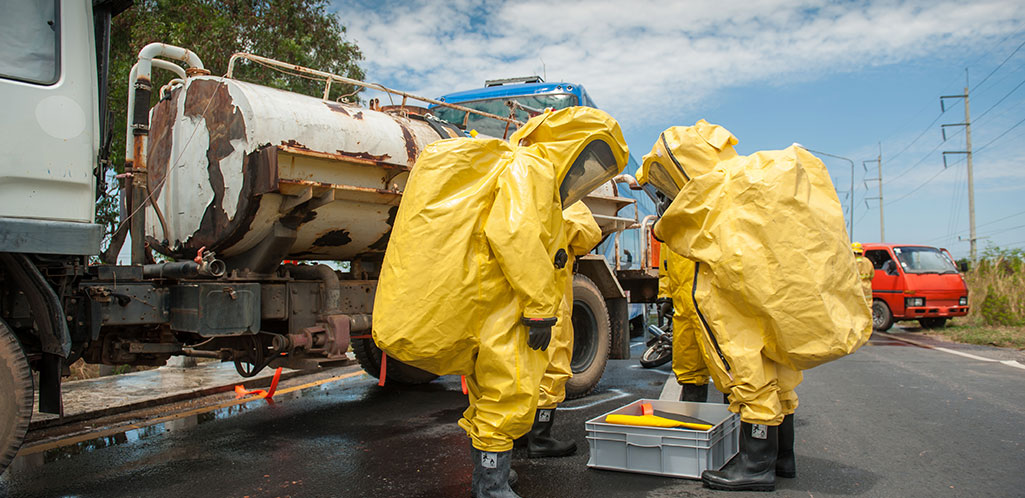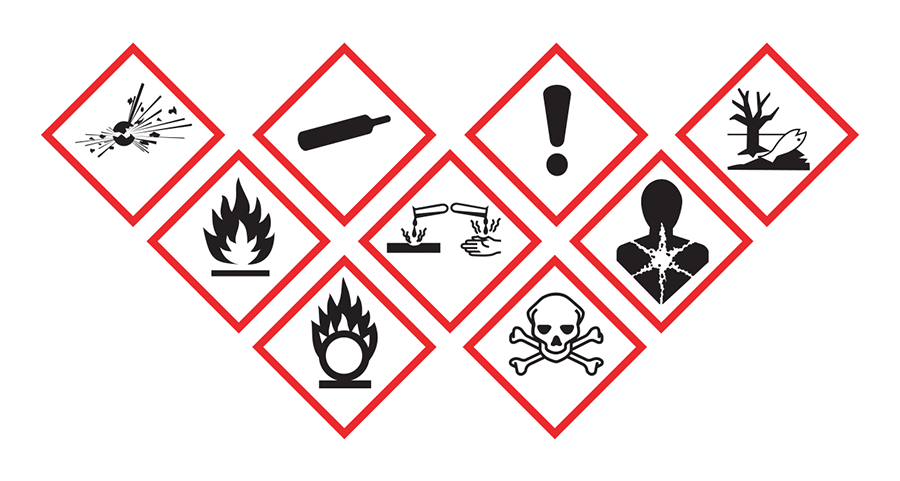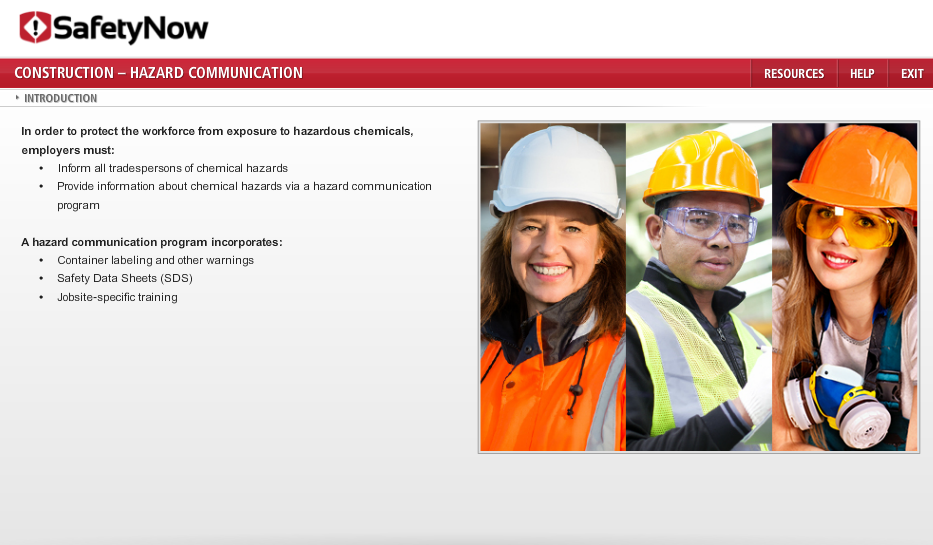-
Sale!
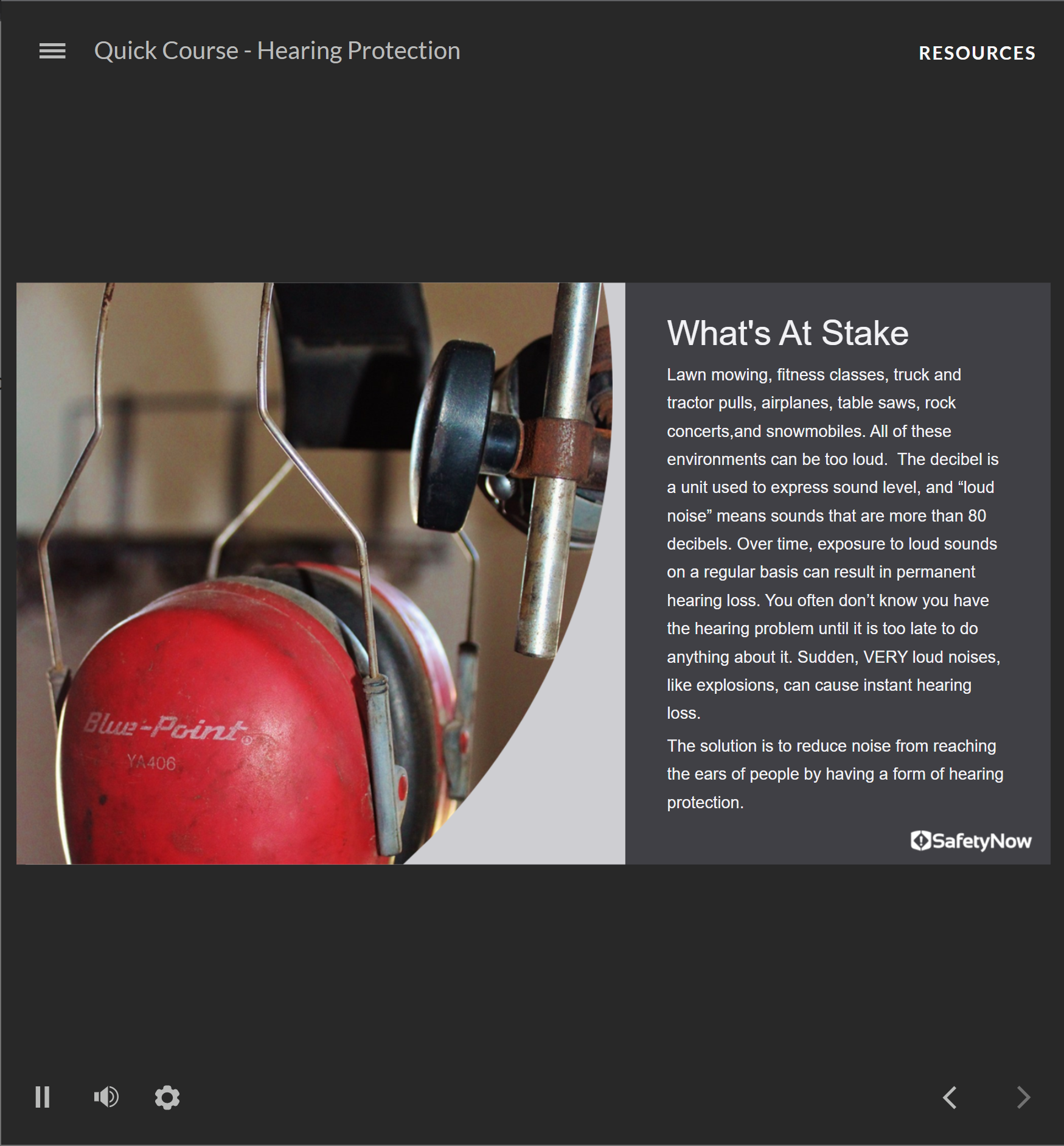
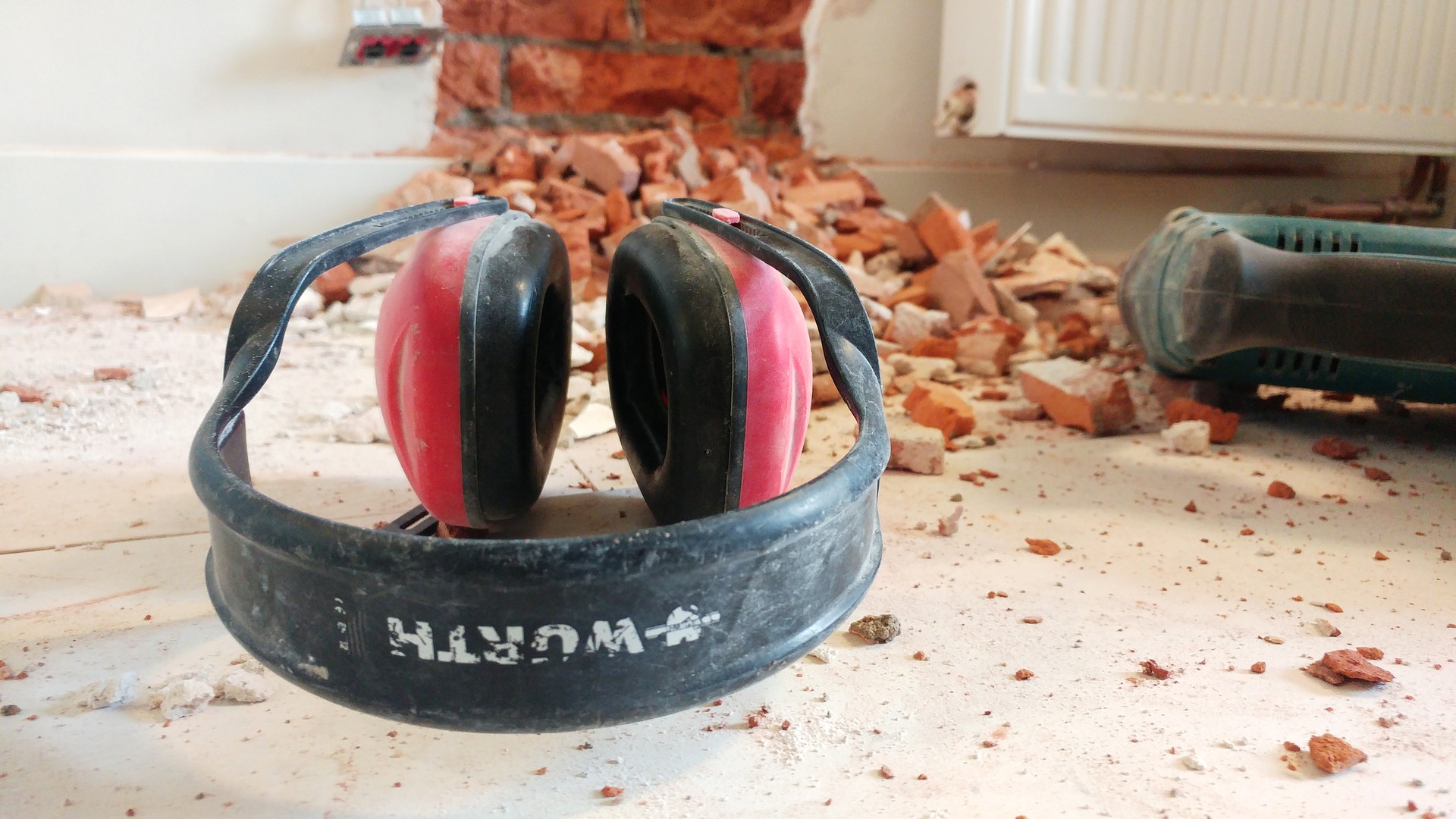 Hearing protection must be selected and used with care and is not to be used as an alternative to reducing the noise in the workplace. This quick course reviews causes of hearing loss and how to protect yourself.
Hearing protection must be selected and used with care and is not to be used as an alternative to reducing the noise in the workplace. This quick course reviews causes of hearing loss and how to protect yourself. -
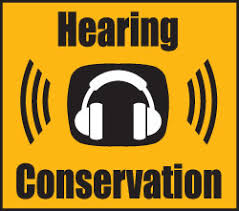
 This lesson will help you recognize the impact of noise on your hearing, the warning signs of hearing loss, and the noise exposure limits that necessitate hearing protection. This lesson will also introduce you to the types of hearing protectors, including their benefits and proper use, and address your responsibilities in supporting your employer’s hearing conservation program.
This lesson will help you recognize the impact of noise on your hearing, the warning signs of hearing loss, and the noise exposure limits that necessitate hearing protection. This lesson will also introduce you to the types of hearing protectors, including their benefits and proper use, and address your responsibilities in supporting your employer’s hearing conservation program. -
Sale!
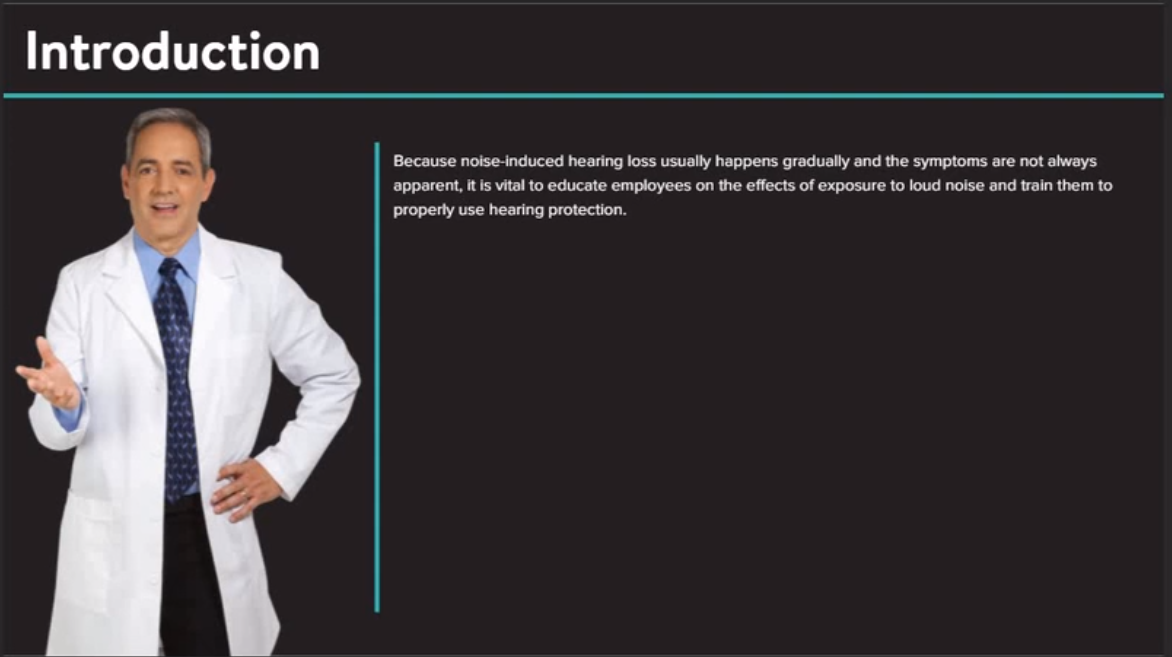
 Sometimes people take hearing for granted. Picture yourself unable to hear. Visualize how your life will be changed. It is important to learn about noise hazards and how to protect yourself against noise hazards.
Sometimes people take hearing for granted. Picture yourself unable to hear. Visualize how your life will be changed. It is important to learn about noise hazards and how to protect yourself against noise hazards. -

 In this course you will learn how to identify how noise impacts hearing and the factors that determine the extent of hearing loss, identify noise exposure levels that require hearing protection according to Part VII of Canadian Regulations, identify how the types of hearing protectors are selected for a job, and their advantages and disadvantages for controlling noise exposure, identify correct use, care, and maintenance practices for hearing protectors and identify the requirements of a Hearing Conservation Program.
In this course you will learn how to identify how noise impacts hearing and the factors that determine the extent of hearing loss, identify noise exposure levels that require hearing protection according to Part VII of Canadian Regulations, identify how the types of hearing protectors are selected for a job, and their advantages and disadvantages for controlling noise exposure, identify correct use, care, and maintenance practices for hearing protectors and identify the requirements of a Hearing Conservation Program. -
Sale!
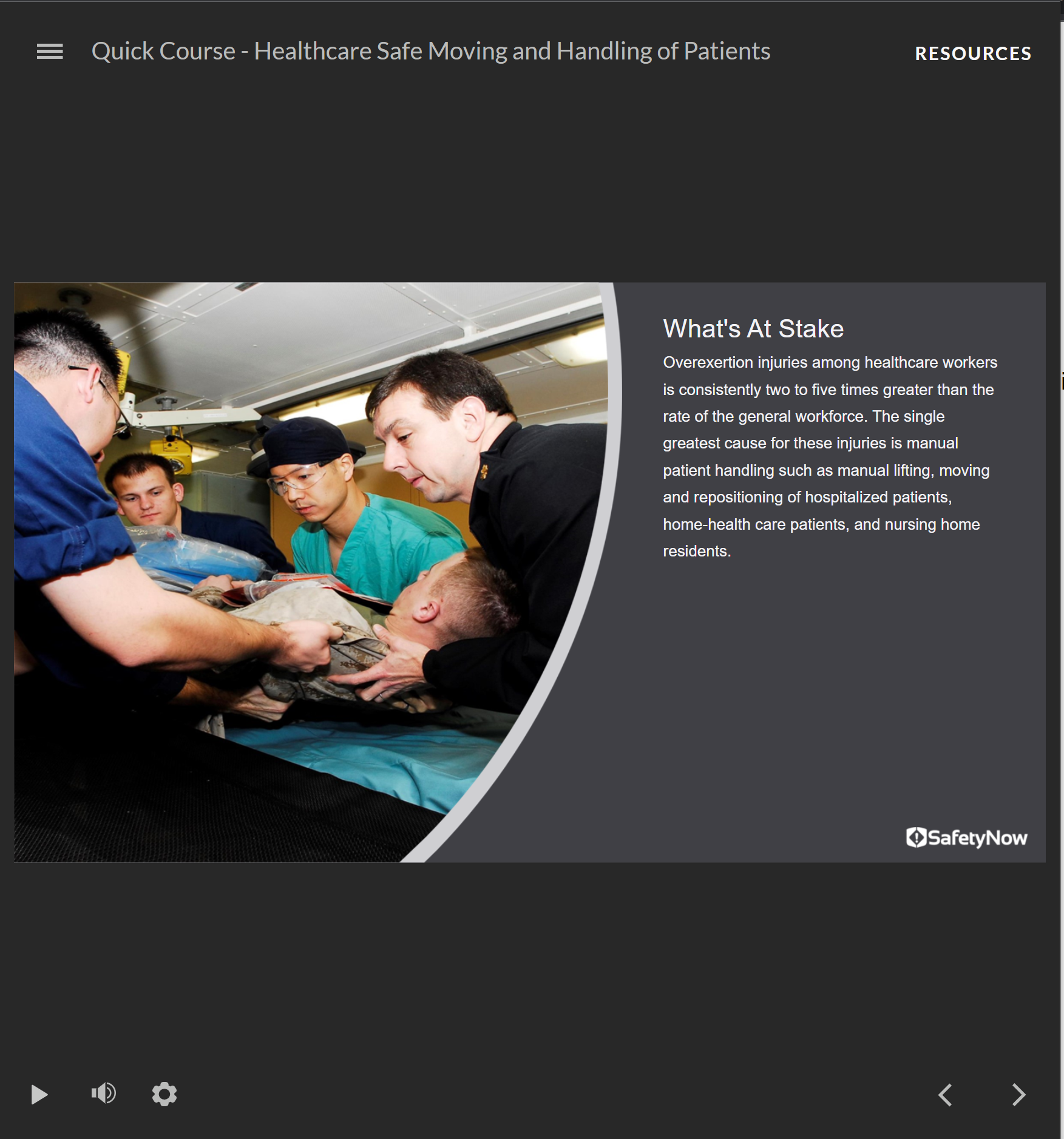
 Overexertion injuries among healthcare workers is consistently two to five times greater than the rate of the general workforce. The single greatest cause for these injuries is manual patient handling. This quick course will cover the hazards of moving and handling patients and how to protect yourself when you do have to perform these actions.
Overexertion injuries among healthcare workers is consistently two to five times greater than the rate of the general workforce. The single greatest cause for these injuries is manual patient handling. This quick course will cover the hazards of moving and handling patients and how to protect yourself when you do have to perform these actions. -
Sale!

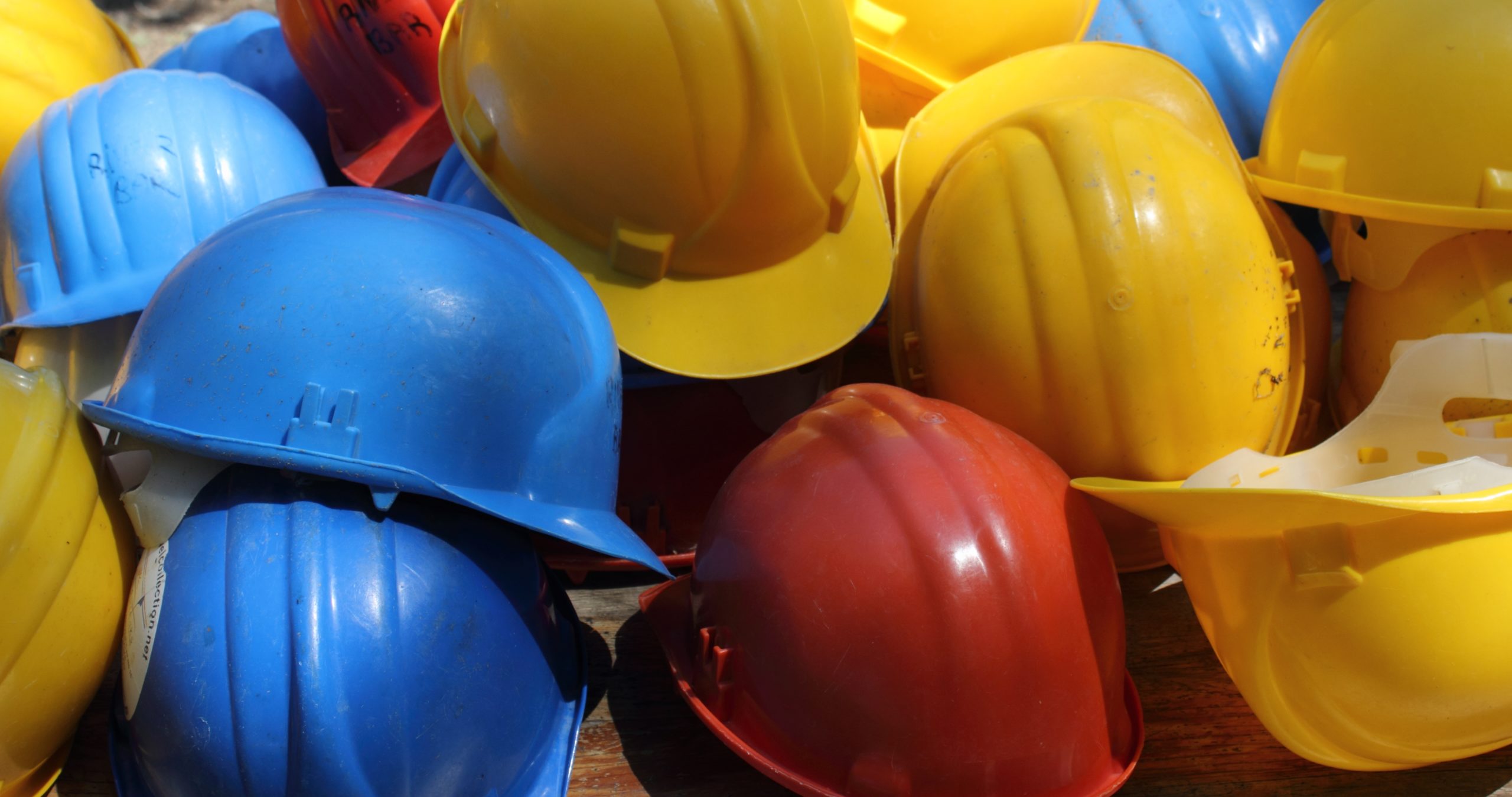 The hardhat is an essential piece of safety gear no construction worker should be without. Not all hardhats are made equal, however. This quick course will cover the three types of hardhats and how to ensure you are using them correctly to protect yourself.
The hardhat is an essential piece of safety gear no construction worker should be without. Not all hardhats are made equal, however. This quick course will cover the three types of hardhats and how to ensure you are using them correctly to protect yourself. -
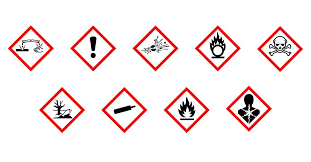
 The goal of this lesson is for employees to recognize and understand how to identify chemical hazards using the GHS international classification of chemical hazards, label elements, and Safety Data Sheets. This lesson does not address the use of labels, markings or other communication methods that are employer or facility-specific and not within the scope of this lesson.
The goal of this lesson is for employees to recognize and understand how to identify chemical hazards using the GHS international classification of chemical hazards, label elements, and Safety Data Sheets. This lesson does not address the use of labels, markings or other communication methods that are employer or facility-specific and not within the scope of this lesson. -
Sale!
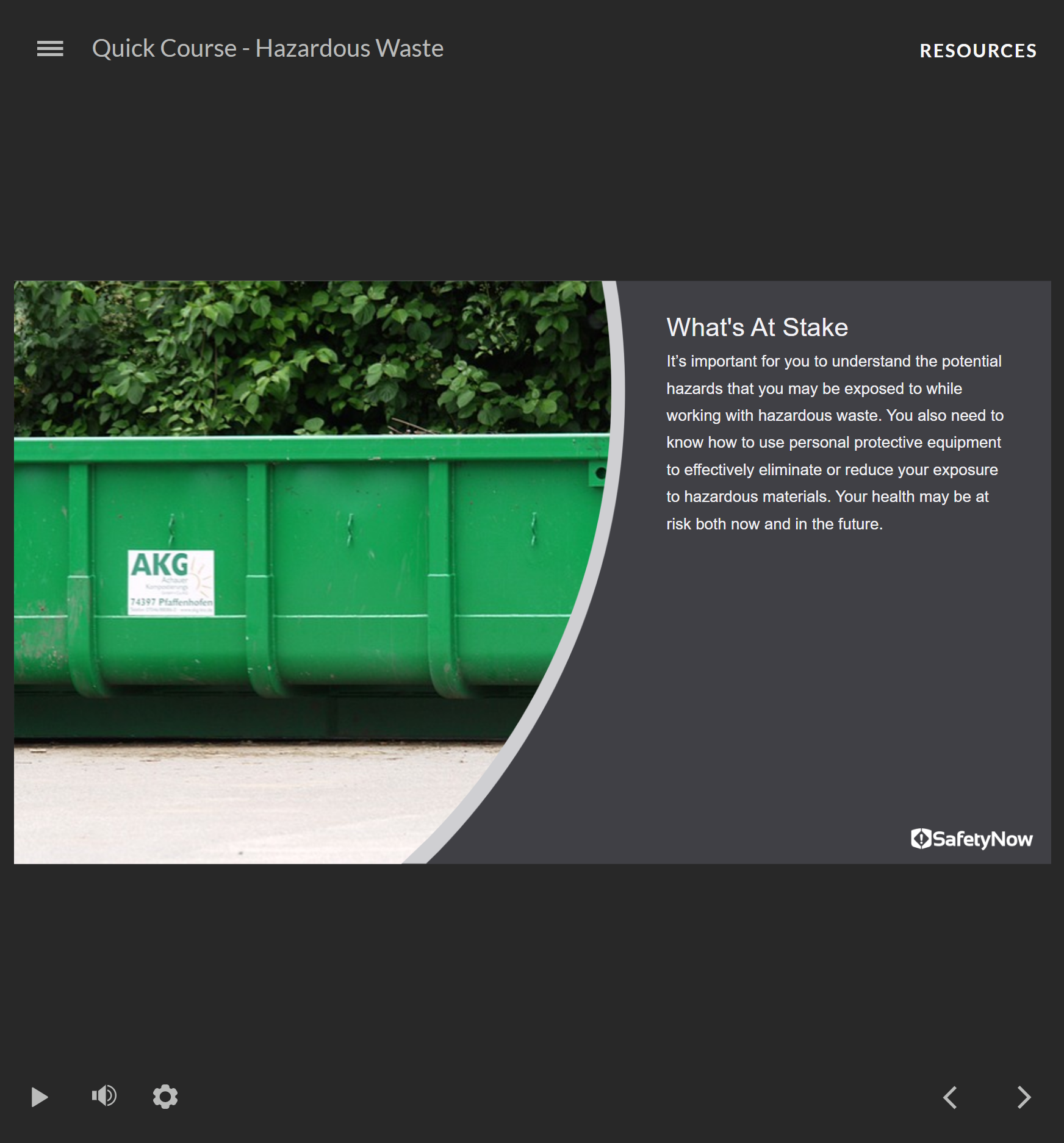
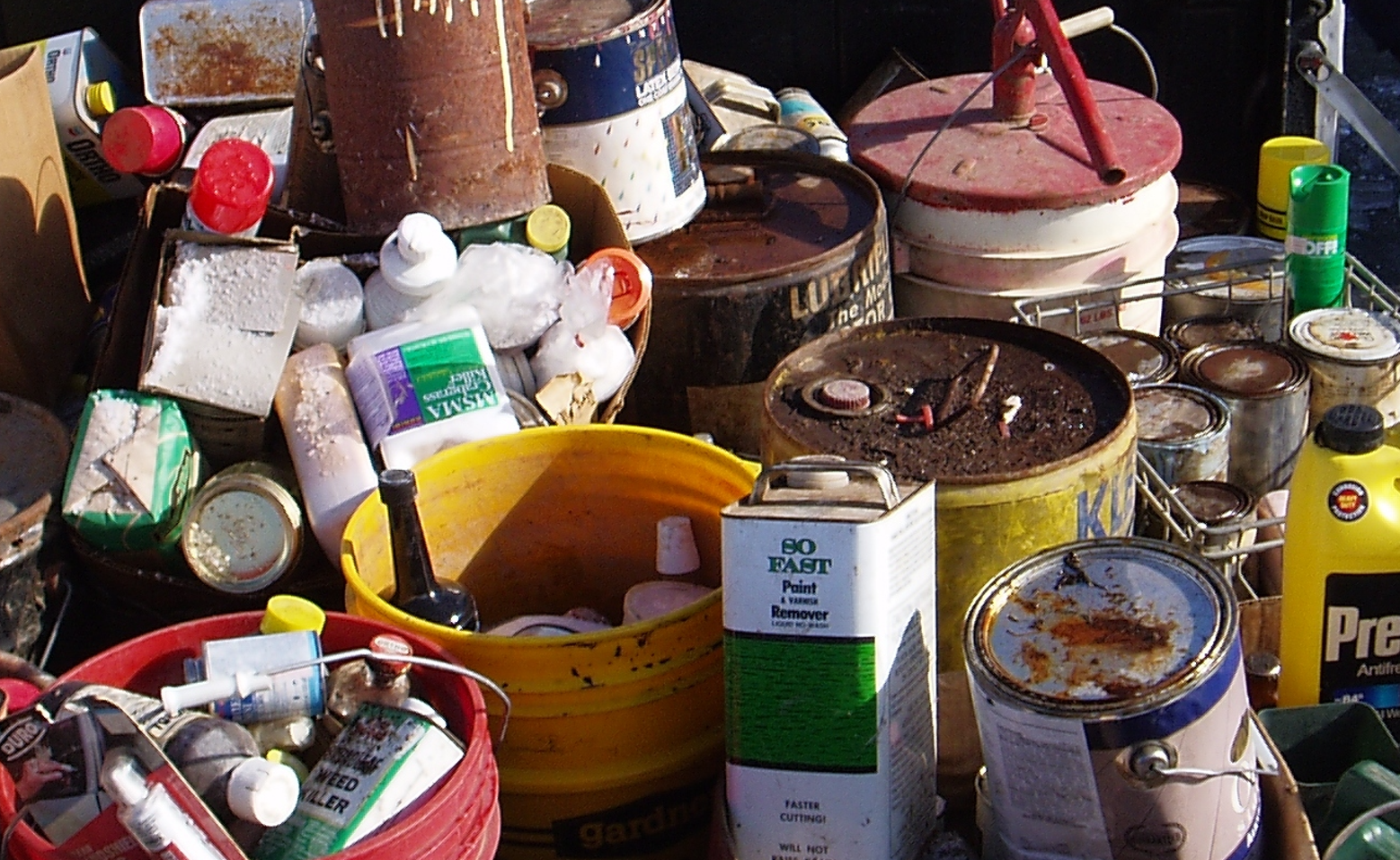 It’s important for you to understand the potential hazards that you may be exposed to while working with hazardous waste. This quick course will cover the dangers associated with hazardous waste and how to protect yourself from them.
It’s important for you to understand the potential hazards that you may be exposed to while working with hazardous waste. This quick course will cover the dangers associated with hazardous waste and how to protect yourself from them.


